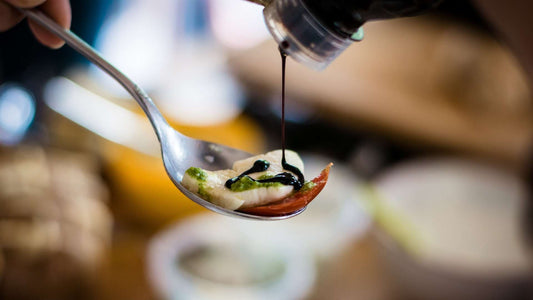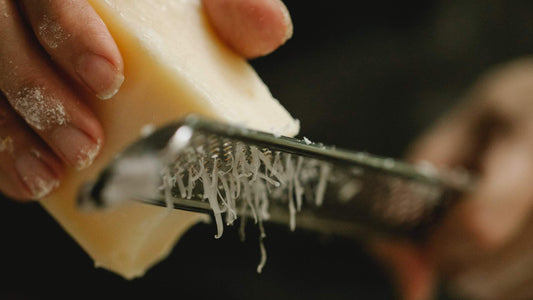Fermentation and maturing: essential techniques in the winemaking of Lambrusco
Alcoholic fermentation
The wine fermentation process is a fascinating transformation that begins immediately after the harvest. The harvested grapes have a natural population of yeasts, mainly on the skins, which are responsible for fermentation. These yeasts, such as Saccharomyces Cerevisiae and Saccharomyces Bayanus, feed on the sugars present in the must, transforming them into ethyl alcohol and carbon dioxide. Fermentation can vary from 5 to 15 days, depending on the conditions and type of wine desired, and requires careful monitoring of the temperature and density of the must to ensure the quality of the final product.
Temperature plays a critical role in this process. For white wines, it is important to maintain the temperature between 16°C and 20°C to preserve the delicate aromas, while for red wines, a higher temperature, between 25°C and 30°C, favors extraction of color and polyphenolic substances. Careful management of temperature and selected yeasts ensures that fermentation proceeds as desired, avoiding problems such as stalled fermentation or loss of fine aromas.
For white wines, maintaining the temperature between 16°C and 20°C is vital to preserve the refined aromas, avoiding oxidation of the must. Techniques such as bâtonnage can be used to increase the body and complexity of the wine, by agitating the wine to resuspend the lees.
In the world of biodynamic wine, the practice of temperature control during fermentation varies. Some producers consider this practice permissible, while others consider it incompatible with the principles of natural wine, reflecting the absence of uniform consensus among producers regarding its use
In addition to alcoholic fermentation, many wines also undergo malolactic fermentation, a process that converts malic acid into lactic acid, giving the wine a softer texture. Some wines, particularly biodynamic ones, benefit from spontaneous fermentation, which takes advantage of the yeasts naturally present in the winemaking environment, helping to enhance the unique characteristics of the terroir.
In summary, fermentation is as much an art as it is a science, requiring special care and attention to produce high-quality wines. This balance between technical control and letting nature do its thing characterizes the vinification of Lambrusco and other fine wines, contributing to the diversity and richness of the wine world.
The maturing of the barrels and the refinement
Seasoning wood for wine aging barrels is a crucial process that can last from 1 to 7 years. During this period, the more astringent tannins of the wood are eliminated, and the bitter-tasting molecules are transformed into substances with a neutral or acidic flavour. This process also allows the degradation of lignin into vanillin, thus contributing to the complex and distinctive aromas of the wine. The toasting of the staves, carried out during the construction of the barrels, significantly influences the aromatic profile of the wine, offering a range of aromas from light and fruity to complex and toasted, depending on the intensity of the toasting .
The refinement and aging of wine in the cellar or in the bottle are essential processes to enhance its characteristics. Aging in wooden barrels allows a limited passage of oxygen, favoring slow maturation. The choice of wood, including oak, chestnut and cherry, profoundly influences the aromas of the wine. The size of the barrels, large or small, and the material, fine wood or inert containers, determine the intensity of the oxygenation and the final aromatic profile. Furthermore, the bottles are stored in a horizontal position during refinement to further enrich the wine with new aromas.
Lambrusco, a wine to drink young
Lambrusco, appreciated for its liveliness and fruity notes, is traditionally consumed young to enhance its freshness and effervescence. Mainly produced in Emilia-Romagna, this sparkling wine comes in various types, from dry to sweet, adapting to different tastes. Modern Lambrusco production often uses the Charmat Method for secondary fermentation, ensuring a balance between bubbly acidity and sweetness. This variety of styles makes Lambrusco versatile and suitable for numerous culinary combinations.







